 : Instruments
: Instruments 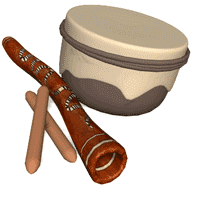
Several music companies offer "value boxes" of rhythm instruments, especially for use in the classroom. We find that the instruments they include usually are not high quality, are easily breakable, and in some cases have exposed parts (like the nails that hold jingles) that can be dangerous. We recommend that you purchase a small number of good, solid instruments that children can share. We like instruments that have some visual interest, as these may engage certain children who will later be stimulated by the sound. Some children may be sensitive to certain sounds, but if you start out quietly, many of these same children will grow accustomed to, and even love, the variety of instrument sounds.
Here are some instruments we use frequently:
Our favorite source is

and you may also find these instruments
at your local music stores,
or at other online outlets.
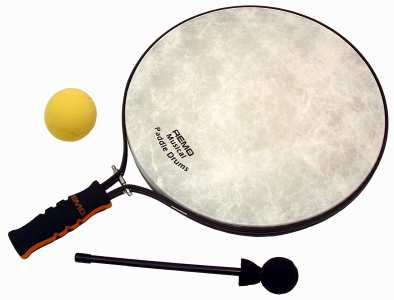
This paddle drum has a strong, resonant sound and can be played at any volume, with the mallet, the foam ball, or the hand. A helper can hold the drum for the child and move it around to stimulate attention and visual scanning.
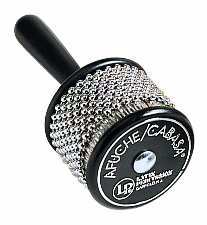
The small cabasa has a band of metal beads that move around a metal core. Play it by rubbing the beads against the core with the palm of your hand, rubbing it along the carpet, or holding the handle and twisting it quickly back and forth.

A transparent rainstick makes a wonderful sound while providing visual stimulation. An older child or adult might prefer a more authentic, less colorful version -- it will probably have an interesting surface to feel, substituting for the visual interest. Hold either rainstick parallel to the ground to stop the sound.
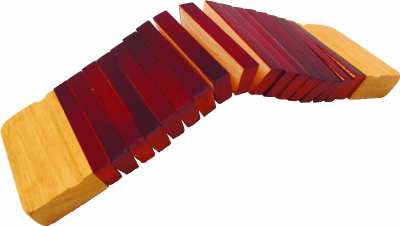
The kokiriko is played by holding one end in each hand and moving your hands up and down -- like a Slinky! Our students like to call it a "clatterpillar" because of how it looks and sounds. We like the wooden ones better than plastic, but plastic kokirikos come in bright colors.
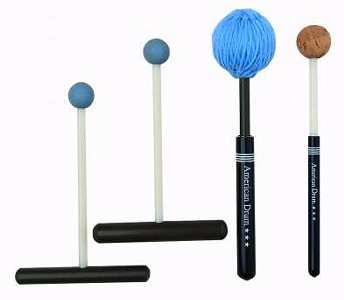
Consider using adaptive mallets for some children who have trouble holding regular ones. West Music has music therapy consultant that you can reach via their 800 phone number -- she can help you.

"Shaker Eggs" are sturdy and easy to play. The relatively quiet sound means that many children can play at the same time without overwhelming singing or instructions -- and because they are held in the palm of the hand, there is tactile stimulation as they are played.
Need more ideas? Help with adaptations?
West Music's music therapy consultant can be reached at 1(800)397-9378.



 : Instruments
: Instruments 

 This paddle drum has a strong, resonant sound and can be played at any volume, with the mallet, the foam ball, or the hand. A helper can hold the drum for the child and move it around to stimulate attention and visual scanning.
This paddle drum has a strong, resonant sound and can be played at any volume, with the mallet, the foam ball, or the hand. A helper can hold the drum for the child and move it around to stimulate attention and visual scanning.
 The small cabasa has a band of metal beads that move around a metal core. Play it by rubbing the beads against the core with the palm of your hand, rubbing it along the carpet, or holding the handle and twisting it quickly back and forth.
The small cabasa has a band of metal beads that move around a metal core. Play it by rubbing the beads against the core with the palm of your hand, rubbing it along the carpet, or holding the handle and twisting it quickly back and forth.

 The kokiriko is played by holding one end in each hand and moving your hands up and down -- like a Slinky! Our students like to call it a "clatterpillar" because of how it looks and sounds. We like the wooden ones better than plastic, but plastic kokirikos come in bright colors.
The kokiriko is played by holding one end in each hand and moving your hands up and down -- like a Slinky! Our students like to call it a "clatterpillar" because of how it looks and sounds. We like the wooden ones better than plastic, but plastic kokirikos come in bright colors.
 Consider using adaptive mallets for some children who have trouble holding regular ones. West Music has music therapy consultant that you can reach via their 800 phone number -- she can help you.
Consider using adaptive mallets for some children who have trouble holding regular ones. West Music has music therapy consultant that you can reach via their 800 phone number -- she can help you.

